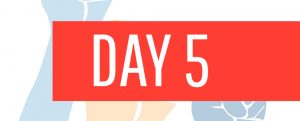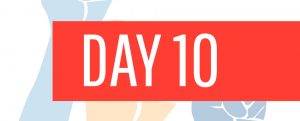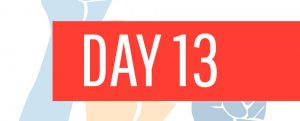Day 19: Tools for the Racial Equity Change Process
“To be antiracist is a radical choice in the face of history, requiring a radical reorientation of our consciousness.”
Ibram X. Kendi
There are various reasons to participate in this challenge, and one may be to transform your culture from a culture rooted in white-dominant norms and standards to a culture around equity. You may be looking for ways to increase representation from marginalized groups; strengthen your culture to be more inclusive; and look through a racial equity lens to see more clearly how your organizational operations are impacting its diversity.
Over the past business days 19 days, we have learned how racial inequities permeate our communities on individual, institutional, and systemic levels. We are all impacted by the system of racism in our country and therefore all responsible for dismantling the structures that allow it to persist. However, change is possible and there are many tools we can employ as individuals and organizations to drive individual and community transformation.
We will highlight a few of these tools below but encourage you to explore Racial Equity Tools, a comprehensive website of resources designed to support learning, planning, acting, and evaluating efforts to achieve racial equity.
Today’s Challenge

Watch: Learn more about how the Skillman Foundation is using asset framing in their work with Detroit Children, and watch videos from Trabian Shorters, founder and CEO of BMe Community, discuss how to put asset framing into practice.

Read: Work to become antiracist – learn from Ibram Kendi. Reflect on how you feel after reading.

Read: One of the best ways to continue to build empathy and learn about race is to start a conversation. Read Race Forward’s 10 Ways to Start a Conversation About Race , then start a conversation with friends, family, school, and work colleagues.

Read: If you have children in your life, it is never too early to begin talking about race. Explore the many resources provided by Embrace Race to start the conversation with children and youth.
Discussion
“To be antiracist is a radical choice in the face of history, requiring a radical reorientation of our
Ibram Kendi.
consciousness.”
However, change is possible and there are many tools we can employ as individuals and organizations to drive individual and community transformation.
Why do you want to be antiracist? Considering the breadth and depth of racism, committing to being antiracist may feel overwhelming yet small choices made daily can add up to big changes. Reflect on choices you make in your daily life (i.e., whom you build relationships with, what media you follow, where you shop). How do these choices reflect being antiracist?
Think about the policies and practices in your organization or company. Using an antiracist lens, are there changes that you might recommend making to help you organization become a more antiracist workplace?




















